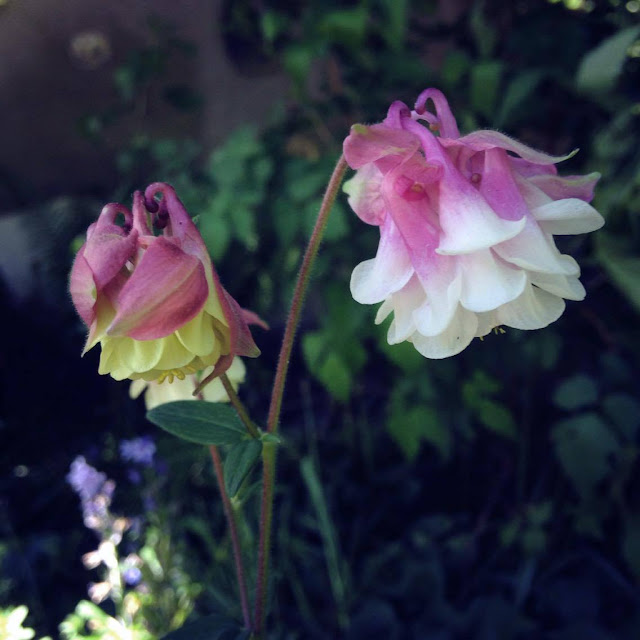I just wanted to add a few details to what Sofia posted about last Saturday's workshop, the last day of our CFE. Here is some info about some of the plants we used for our activities (tea-hunt + lunch).
Mint (la menthe) is a plant used in middle-eastern cuisine. You can also make tea with the leaves. Just rince the leaves and chop them with a knife. Either place them in a boiling water and or bring to the boil over medium heat. Add honey or brown sugar to the cup. Pour through a sieve. If you wish, you can also add a teabag of green or black tea for the extra taste.
Sage (la sauge) - with its flowers - is a plant used in cooking. Sage goes well with pork, beef, duck and chicken recipes, and fatty meats in particular. In Italy it is commonly chopped, mixed with melted butter and served stirred into pasta or gnocchi.
Rosemary (le romarin) with its flowers - Spike meat, poultry and game with rosemary - alternatively, chop it and use in stuffings and sauces for fish, lamb or chicken. Also try on roast potatoes.
We had a feast with our guests after the garden activities. It was fun to demonstrate our receipes for dips and incorporate freshly picked ingredients such as chives, parsley and rosemary directly from our scavenger hunt in the orchard garden. We also made a pot of mint tea and a pot of lemon balm tea.
Being part of the Orchard Garden CFE was a priviledge and a fun experience. I learned valuable skills that I will use at home and in the community when I become a teacher. I truly see the benefit of bringing students into the garden and I feel prepared to start my own school garden, or at least contribute to one in near the future.










































